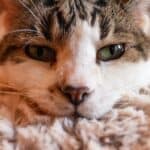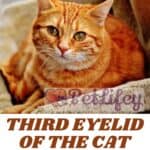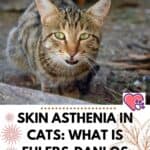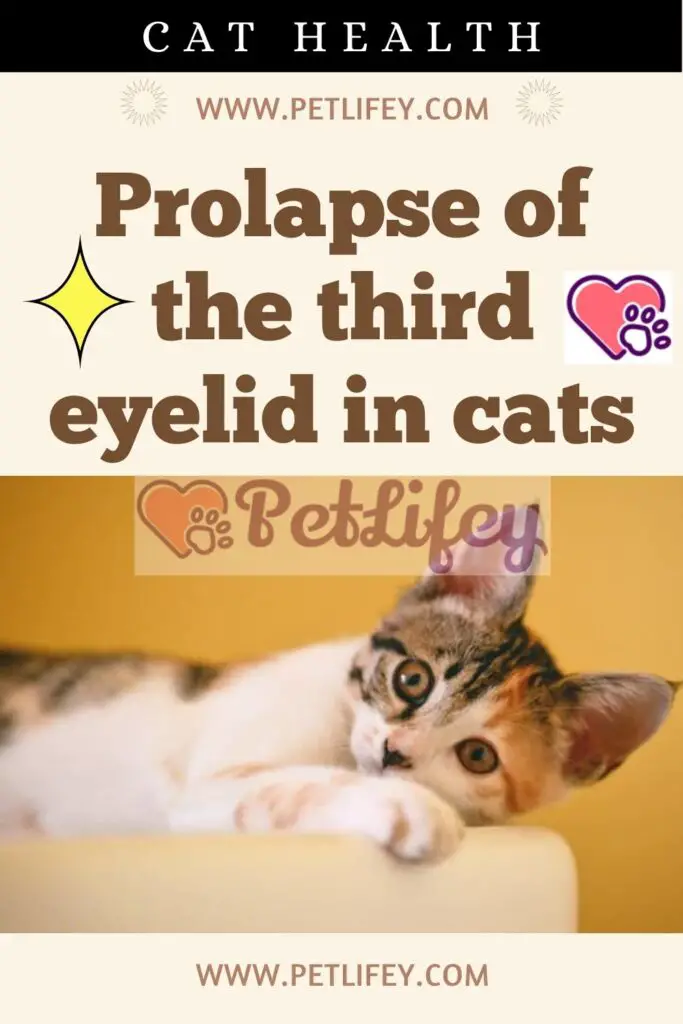
WHAT IS THE TERZA PALPEBRA?
The third eyelid is the common name that is used to refer to the nictitating membrane. It is a transparent eyelid which is found only in some animal species and which has a protective function. Man does not have it, or rather, we only have a vestigial residue of it in the corner of the eye.
The third eyelid is especially useful in reptiles and birds when strong winds arrive, or when they decide to hydrate the eye while still having excellent visibility. The dog but above all cats have a very developed third eyelid so as to cover almost more than half of the eye. In simpler words, it is as if animals could wear contact lenses to prevent sand, dust and foreign bodies from scratching the eye and to prevent tears from evaporating, causing some annoying problems. Furthermore, this structure also contributes to producing part of the tears, thanks to the presence of special glands.
The third eyelid is easily recognized, especially in cats. We can usually notice the third eyelid when our cat sleeps, perhaps keeping the eye slightly ajar, appears as a shiny and rather crinkled whitish membrane, which moves horizontally, covering the inner corner of the eye.
SYMPTOMS AND CAUSES:
When the third eyelid becomes visible with the eye open it is almost always related to pain. In fact, felines that feel pain in any part of the body tend to “open” the third eyelid.
Furthermore, in cats we can speak above all of Haw Syndrome, which occurs in both eyes and can be caused by:
- Intestinal parasites, especially tapeworms
- Inflammation of the eye
- Trauma of the eye
- Neurological problems
- Infections
- Gastrointestinal problems
- Viruses such as FIV and FeLV
Among the most common alterations of the third eyelid we find the so-called “Cherry eye”: this term refers to the extroflexion or prolapse of the third eyelid, and in particular of the lacrimal gland contained within it. When this occurs we will notice the extroflexion of a swollen and red-colored structure, which gives its name to this pathology. This pathology is typical of dogs even if in cats it manifests itself in the same way but with a different name; Eversion of the third eyelid, in which there is a total outward reversal of the aforementioned. It can occur mainly in the Burmese cat and in large dogs, particularly within the first year of age.
PHARMACOLOGICAL THERAPIES:
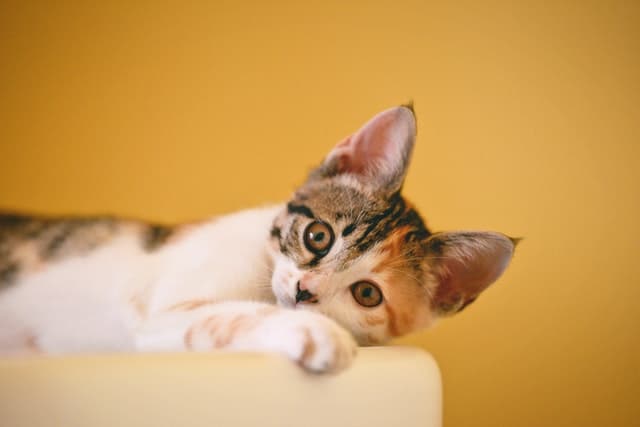
When the third eyelid presents this type of alteration, it may be necessary to resort to targeted therapies, based on antibiotics or anti-inflammatories, to then pass, in case of failure, to surgery to reposition it. Many eye diseases that in our opinion may seem nonsense, if neglected, can lead to the formation of serious pathologies or chronic infections, so it is better not to neglect the problem.

